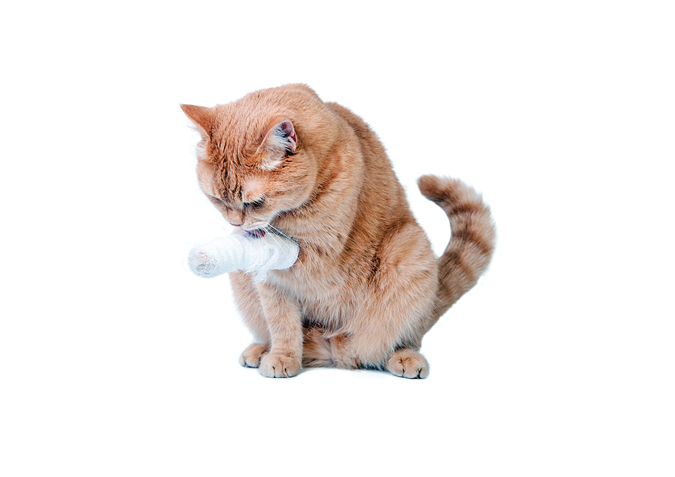Although surgery may sometimes be unavoidable fortunately our understanding of pet pain how it occurs how it affects all body systems how to prevent it and how to treat it has improved dramatically over the past 5 to 10 years.
Pain management for cats after surgery.
Few events are more frightening for a pet parent than a surgery.
Your cat is put under general anesthesia for a routine spay procedure and given an analgesic to provide pain management during the operation and initial recovery.
1 conventional ventral median open approach midline 2 right flank approach flank and 3 median 2 portal laparoscopic procedure lap.
If your cat is undergoing a surgical or dental procedure do not be afraid to ask what pain management will be provided.
I believe that the reason vets do not give pain meds after the surgery is that if the cat does show signs of pain this may indicate that something is wrong and needs to be treated.
The main pain killers used are the opioid analgesics.
Randomized prospective clinical trial.
Opioids are drugs that are similar to morphine.
Analgesic is another word for pain killer analgesia means without pain and of course our main aim in our patients is to prevent pain.
What are the main pain killer drugs used in dogs and cats for pain control after surgery.
That said cats are not small dogs and they present their own pain management issues and.
I constantly observe my cats after surgery and none of them have ever shown any signs of being in pain as a result of being altered.
Healthy sexually intact female cats n 60.
When the surgery is performed on young healthy cats the incision is very small and is closed using minimal suturing.




























